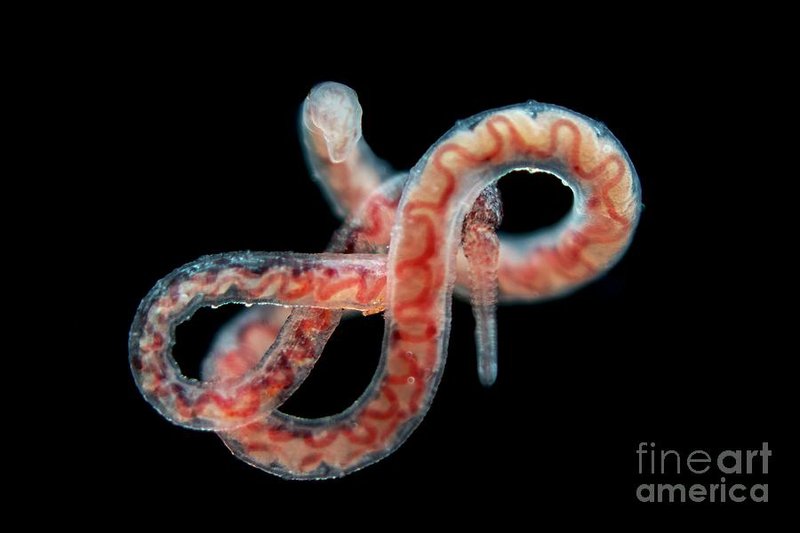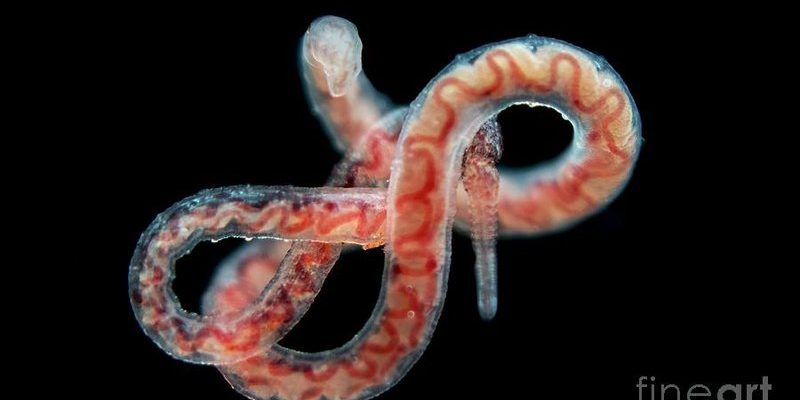
Today, we’re diving into the documented range and distribution of Tubifex worms worldwide. This topic might sound a bit niche, but it’s fascinating to see how these little guys adapt and survive in different conditions across the globe. Whether you’re a nature enthusiast, an aquarium hobbyist, or just curious about what lurks in the water, understanding where Tubifex worms live can shine a light on their importance in ecosystems and aquaculture.
Now, let’s explore the fascinating world of Tubifex worms, from their habitats to their roles in the environment.
What Are Tubifex Worms?
Honestly, Tubifex worms are quite remarkable. These segmented, slender worms can grow up to 10 centimeters long. They generally have a reddish to brown coloration and can be found in stagnant or slow-moving water, often in mud or silt. But here’s the kicker: they are anaerobic, which means they can thrive in environments low in oxygen. This ability allows them to live in places where other organisms might struggle.
You might be wondering why they matter. For one, Tubifex worms are essential to the ecosystem. They help break down organic matter, contributing to nutrient cycling. Imagine them as nature’s little recyclers, turning waste into food for various aquatic organisms. They also serve as a food source for fish and other wildlife, making them a critical component of the food web.
Geographical Distribution of Tubifex Worms
Tubifex worms have been documented across many parts of the globe. Their range extends from Europe to North America and even parts of Asia. They can often be found in freshwater habitats such as rivers, lakes, and ponds. Surprisingly, they also seem to thrive in more polluted waters, exhibiting an incredible tolerance for toxic conditions.
In terms of specific locations, places like the Great Lakes in North America or the Thames River in London are known habitats. They’re often abundant in areas with organic pollution, which might sound counterintuitive since we usually think of pollution as harmful. But for Tubifex, it means a buffet of nutrients!
Habitat Preferences
Tubifex worms prefer environments rich in organic matter, such as sediments in rivers and lakes. They often inhabit muddy areas where they can burrow and feed on decomposing plant and animal material. They can even be found in sewage treatment plants, showing their adaptability. This ability to flourish in less-than-ideal conditions is one reason why they are so widespread.
The texture of their habitat is also crucial. These worms prefer soft, muddy substrates that allow them to burrow and create a habitat. The sediment gives them both protection and food. Imagine living in a cozy little burrow, munching away on leftover snacks while others struggle to find a meal!
Environmental Impacts on Distribution
Environmental factors play a significant role in where Tubifex worms can be found. Changes in water quality, temperature, and substrate composition can affect their populations. For instance, during warmer months, you might see an increase in their numbers due to higher decomposition rates of organic material.
Pollution is another big factor. While it might harm many other species, Tubifex worms often thrive in polluted waters. This resilience raises questions about the ecological health of these environments. Are they truly thriving, or are they just surviving in degraded conditions? It’s a gray area that researchers continue to explore.
Role in Aquaculture
In aquaculture, the importance of Tubifex worms cannot be underestimated. They are often used as live feed for fish and other aquatic species. Due to their high protein content and nutritional value, they serve as an excellent food source for young fish. This is particularly crucial in breeding programs and fish farms.
Aquaculture practices often rely on understanding the distribution of Tubifex worms. Farmers need to know where to find them or whether they should cultivate their own. By creating optimal conditions for Tubifex growth, they can ensure a steady supply of nutritious food for their fish, leading to healthier harvests.
Research and Findings
Studies on Tubifex worms have revealed much about their adaptability and range. Researchers often collect samples from various locations to analyze the genetic diversity within populations. This can help identify how these worms respond to environmental changes, including pollution and habitat alteration.
Interestingly, some studies have looked into how Tubifex worms can be indicators of ecosystem health. Their presence and abundance can signal the water quality and overall health of an aquatic environment. If Tubifex populations are thriving, it might suggest that other more sensitive species can also survive there, making them a vital organism in environmental monitoring.
Conservation and Future Implications
As we continue to face challenges like climate change and pollution, the future of Tubifex worms and their habitats may be at risk. Understanding their distribution and the factors that affect their populations is crucial for conservation efforts. If we want to maintain the ecological balance in freshwater habitats, we need to pay attention to these seemingly small but mighty creatures.
With ongoing research, we can uncover more about Tubifex worms and their roles in ecosystems. Protecting their habitats is not just about saving worms; it’s about preserving entire aquatic ecosystems that depend on them.
In conclusion, Tubifex worms are fascinating creatures with a wide-ranging presence across the globe. Whether they’re bustling in polluted waters or thriving in cleaner environments, they occupy a unique niche in the ecosystem. Their ability to adapt and flourish under various conditions makes them a point of interest for researchers and nature lovers alike. So, the next time you hear about Tubifex worms, remember the vital roles they play in connecting and sustaining aquatic life!

